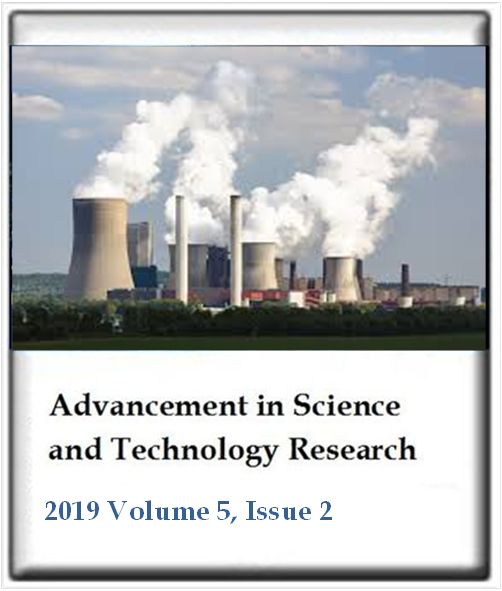Modeling of gaseous pollutants dispersion of a fossil fuel-fired power plant at Omotosho, Ondo State, Nigeria
Rhoda Omolade Happiness, Blessing Ifeoluwa Ogunniran and Ayo OluleyeAdvancement in Science and Technology Research
Published: November 8 2019
Volume 5, Issue 2
Pages 9-36
Abstract
The American Meteorological Society (AMS) and U.S. Environmental Protection Agency (EPA) Regulatory Model (AERMOD model) has been used to assess the ground level concentrations of carbon dioxide (CO), oxides of nitrogen (NOX), particulate matter less than 10.0 microns in diameter (PM10) and sulphur dioxide (SO2). The purpose was to predict and assess the effect of these flue gases on airshed from an Integrated Oil and Gas Project (IOGP) in the Omotosho Power Plant. The emission of five elevated point sources for criteria air pollutants were considered with six different scenarios. Both natural gas-fired and diesel (AGO) fired equipment were used in the prediction of the ground level concentration of the pollutants. The model outputs show generally maximum ground level concentrations at the north east of the source points compared to the receptor points. CO concentration is greatest in all scenarios followed by NOX and then PM10 and then SO2. Maximum ground level concentration for 1, 8 and 24 h periods for CO, PM10, SO2 and NOX were all below the guidelines limit, Federal Ministry of Environment in Nigeria (FMNEV), Environmental Guidelines and Standards for Petroleum Industries in Nigeria (EGASPIN) and World Bank Limit. Also the results show that scenarios which uses AGO fuel have higher emissions than natural gas fuel in all cases this is unsafe and unhealthy for human. Summarily, the use of AGO fuel should be minimized for a safe environment.
Keywords: Fossil fuel-fired power plants, gaseous pollutants, dispersion, AERMOD.
Full Text PDF
